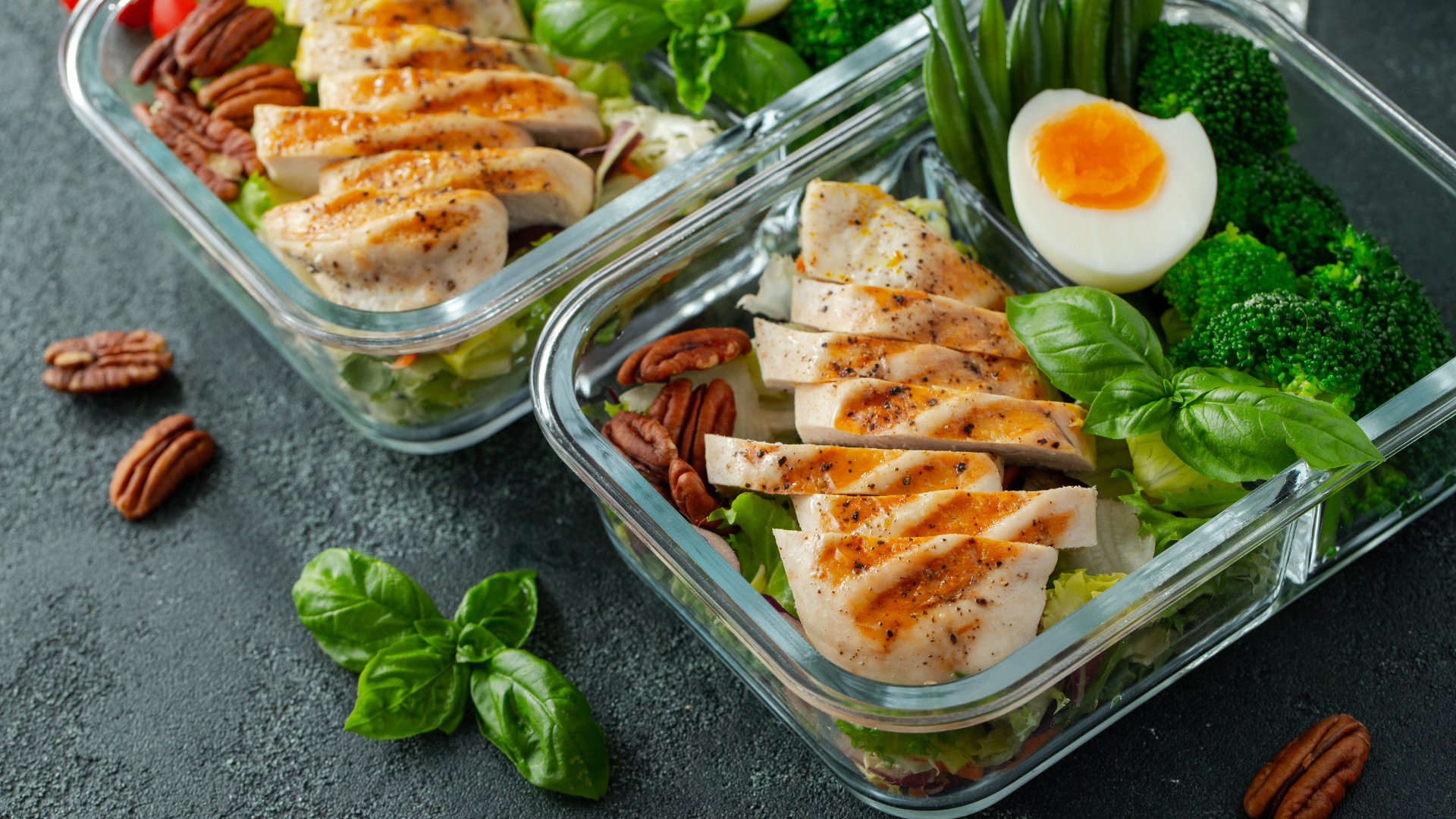Today we are living in a world of confusion when it comes to following a healthy diet. As with everything else, many people have questions about what approach to take as they continue searching for their lifestyle goals.
When you’re working on a low-carb diet, your options are limited. But some people find that the ketogenic diet isn’t limited to food; it can also be adapted to include a healthy, low-carb workout routine.
To help you out, I am bringing you the ultimate guide on the keto diet, providing you with everything you need to know to follow this modern-day health strategy.
What Is a Keto Diet and How Does It Work?
The ketogenic diet is a nutrient-dense, high-fat diet that helps control blood sugar levels by using healthy sources of protein and unsaturated fats. When you follow a keto diet, your body enters a state of “ketosis,” which triggers fat burning and restores hormonal balance.
When you eat foods containing carbohydrates, your body releases glucose into the bloodstream. Glucose is then used as fuel by all organs in the body, including the brain. Insulin helps regulate blood sugar levels by transporting glucose from your blood cells (where it’s stored) to other tissues like muscles, the liver, and the gut. In people with type 2 diabetes or syndrome X, uncontrolled blood sugar levels can cause damage to these tissues over time.
What Foods to Eat on a Keto Diet?
The keto diet is a low-carb, high-fat diet that has been shown to help treat conditions like epilepsy and diabetes. It’s also been linked with weight loss, cancer prevention, and a decreased risk of heart disease. Here are some foods to eat on a keto diet:
Grains & Legumes
Whole grains like oats, quinoa, and whole wheat pasta are excellent sources of fiber, protein, and healthy fats. You can also include beans in your meals as they contain nutrients like potassium and magnesium. Black beans, white beans, chickpeas, lentils, garbanzo beans, and navy beans are great keto-friendly options. Be sure to watch the serving sizes, though – too many beans can add up to high calories and carbs.
Fruits & Veggies
Both fresh and frozen vegetables make great additions to your keto diet. Try adding them to salads or stuffing them into omelets for a nutritious meal. A good choice for frozen veggies is cauliflower rice or broccoli rice because they’re both low-carb and nutrient-dense. Aside from veggies, fruits are also an excellent way to get your recommended daily amount of Vitamin C and fiber. One easy way to enjoy fruits on a keto diet is by making smoothies or juice boxes at home. Just be sure not to overdo it on the sugar – too much sugar can kick you out of ketosis.
What Are the Pros and Cons of a Keto Diet?
There are plenty of apparent benefits to adhering to a keto diet, such as retaining weight loss momentum, improving mental clarity and focus, and boosting energy levels. However, following this diet can also have its drawbacks (both minor and major). Here are some pros and cons to consider when choosing this eating approach:
Severely restricting the intake of carbohydrates is known to lead to significant weight loss. Studies have shown that those on the keto diet struggle less with feelings of hunger than their counterparts who eat a more traditional American diet. People tend to consume around half as many calories while keto-adapted.
Achieving ketosis – the metabolic state that results when the body uses only fat for energy – can be challenging. And because ketones are produced outside the body and cannot be stored, people who go keto must meticulously track their food intake to stay in ketosis. This can be a particularly tough task for those who aren’t used to tracking their food caloric intake or dealing with harmful cravings.
The high level of macronutrient ratios found in a keto diet has been linked with significantly reduced rates of chronic disease, including heart disease, stroke, Alzheimer’s disease, and type 2 diabetes. Ketogenic diets have also been shown to improve markers of healthy aging, such as cognitive function and inflammation reduction.
If you are interested in trying the ketogenic diet, this guide is for you. In it, we will outline the basics of the ketogenic diet and provide a healthy low-carb meal plan to help you get started on your journey to better health. We want to ensure that you know everything before making this life-changing decision, so read through every section of this guide before hopping into the keto world. You won’t regret it!

